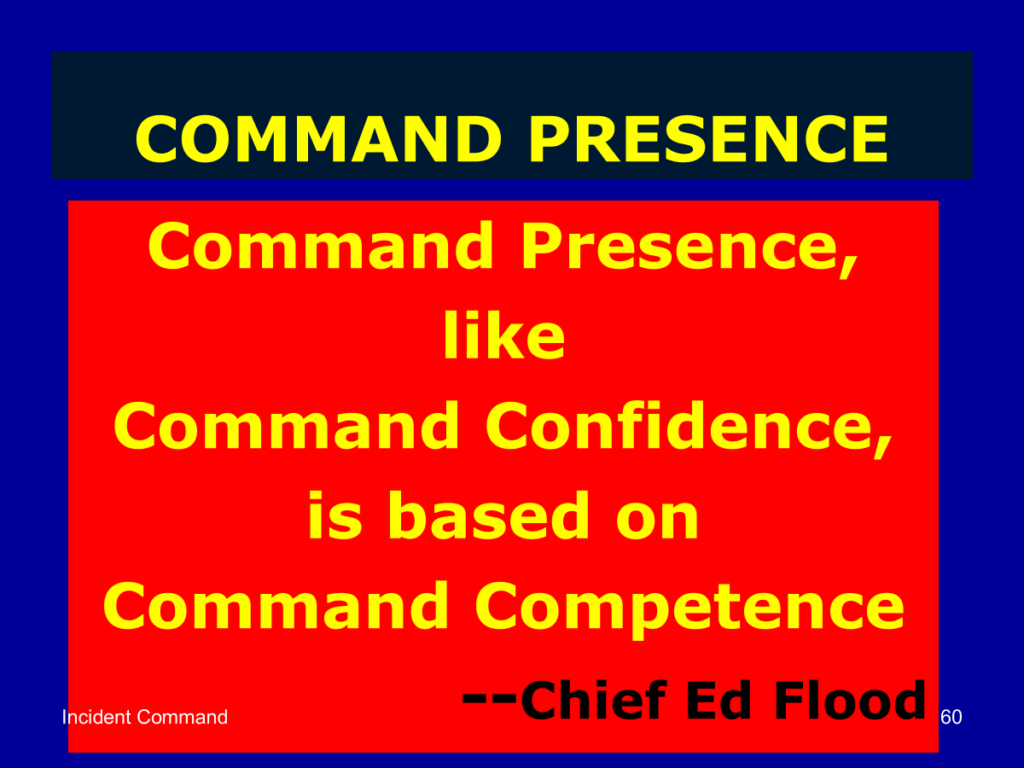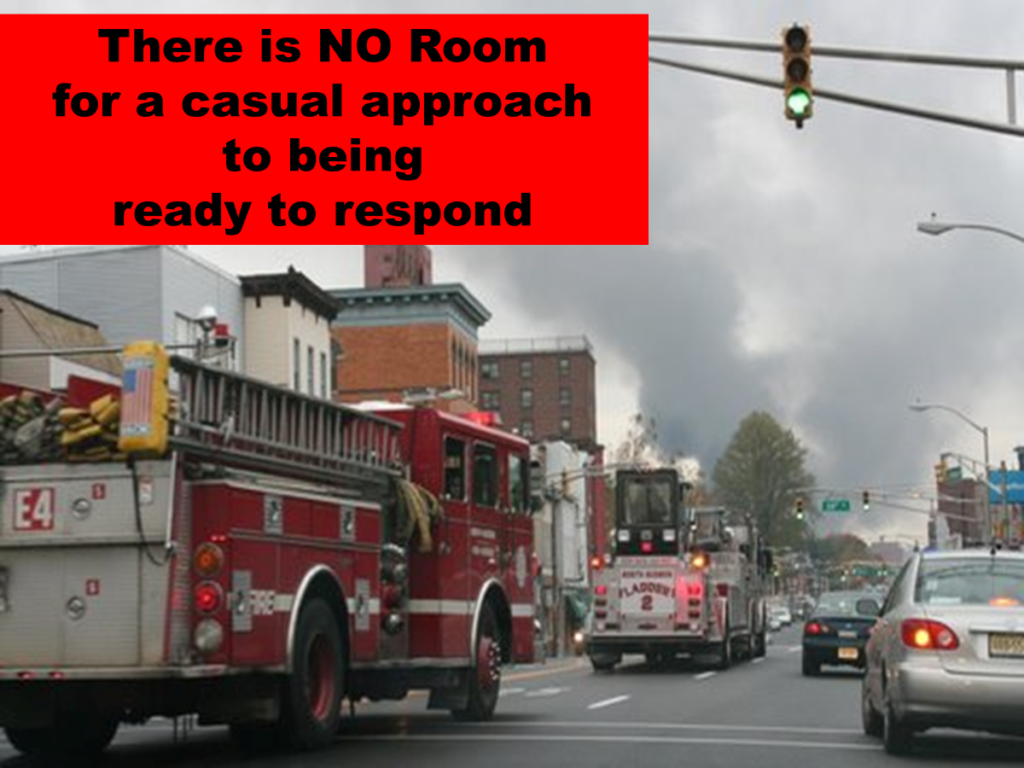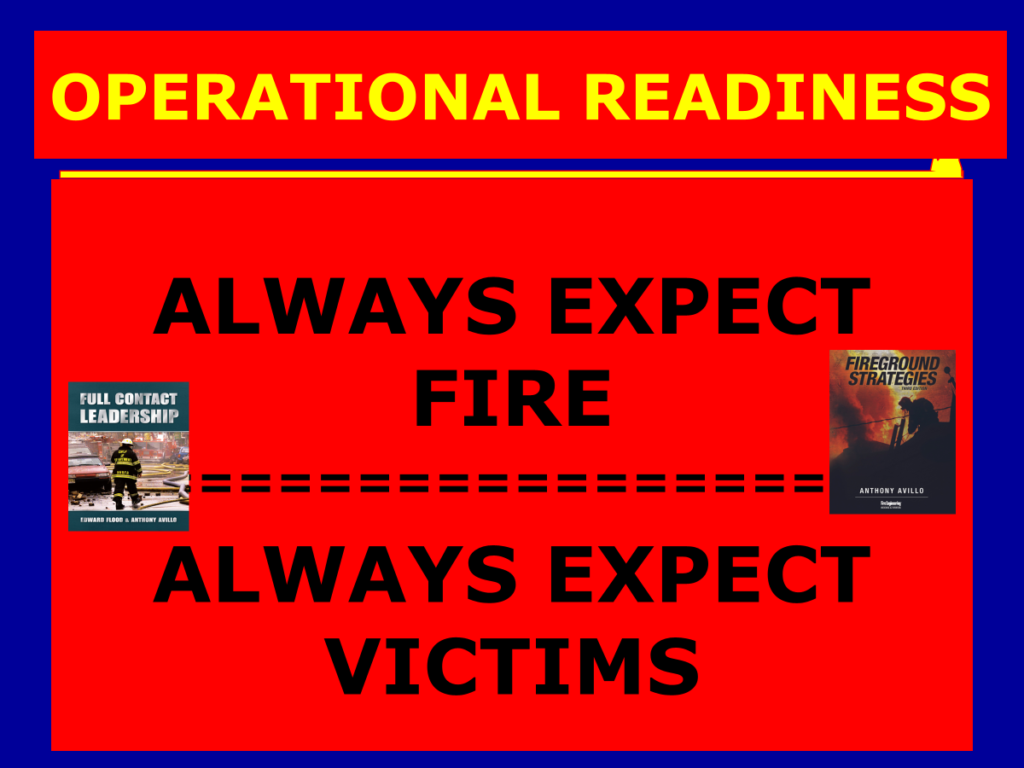LINK TO NATIONAL FIRE RADIO PODCAST WITH JEREMY DONCH 5-16-24
STRATEGIC SIZE-UP
Strategic Size up is a continual assessment of all the exponential potential present in a fire or emergency. As a fireground diagnostic tool, size up is used to deconstruct, reconstruct, intervene, outwit, and tame the exponential factor. Continuous size up must be the foundation and rationale driving all on duty, in service and ready decision making, on, off, before, during, and after fireground operations. Size up is influenced by your education, your training, your experience, a solid study of lessons learned from previous incidents, and information communicated from around the fire ground. These influences allow you to foresee, predict, and act upon all exponential potential by making the best use of available staffing and resources.
Building Construction – Why we need to know it all
When I teach building construction which is, by the way, probably my favorite fire service subject, I always cover all classifications from fire resistive to wood frame. In this business, if you do not know your building construction, especially as an Officer, shame on you. If you don’t know how the building was put together and how it is likely to behave under the insult of fire, you are playing Russian roulette with your people, which is unacceptable. Knowing how the building was put together will determine the paths of least resistance for fire and gas spread (the likely flow paths). This helps determine your protection strategies as well as your attack and ventilation strategies. It will also give you an idea of where people are most likely to be found, what barriers are in place to protect them, and whether the construction is a benefit or a liability to their survival. In addition, overhaul will be more effective because you will know where to look for hidden fire. Most importantly, if you know how the building was put together, you can better predict how a building will fall apart (I know – I have read Dunn… you can never predict a collapse), but you can look for tendencies based on building construction
From time to time, I will get told by students that it is a waste of time to cover construction not inherent to their area. For example, firefighters who do not have high rises in their area do not think they need to know about fire resistive construction and its characteristics. Likewise, those with no “downtown” area of ordinary construction feel that we needn’t cover those structures. I see this as a case of nearsightedness comparable with tunnel vision. I ask them, “Do you think that if the neighboring departments who have this type construction get a fire in a high rise or a fire in a row of taxpayers, will they be able to fight it by themselves?” In this day and age of mutual and automatic aid, that answer is a resounding no. You will be there. The fact is that in the twenty-first century fire service, you never know where you will be dispatched to fight a fire and in what type of structure. Therefore, it is incumbent on all firefighters in all departments to be aware of and students of building construction in not only the types of buildings they have in their jurisdiction, but in the buildings in the neighboring towns and mutual aid groups.
A solid information sharing program between mutual aid departments and further building familiarization across jurisdictional boundaries makes a lot of sense in the world of automatic and mutual aid. We did a lot of this before regionalization to North Hudson including common SOP’s because we did a lot of automatic aid and we knew we would see each other, sometimes multiple times during a tour of duty. This type program is a very simple program and can be done electronically, at first. Each department involved in the program picks one building in the jurisdiction per month or every other month, takes some pictures and completes a form that was developed by the mutual aid building familiarization committee (yes you should have one of these) and shares that information with each other electronically. A further step would be to have a mutual aid cadre of companies visit the building to get a real-life look at what the pictures are describing. This is extremely simple and can pay great dividends in both target hazards and weird buildings (we all have them). How many times have not only home team firefighters, but mutual aid firefighters get themselves in trouble in buildings they should probably know about more than they do. This is especially critical for those mutual aid companies that come in as the rapid intervention team. Many departments rely on mutual aid for their RIT. RIT needs to know everything.
If anyone thinks this is a good idea, then get out and get this off the ground. Don’t wait for “them” to set it up. Don’t give the excuse that “they” don’t want to do this. You are “them” and you are “they”. It is your department and your fire service… and your duty.
Work together and stay strong.




THE SLIDE BELOW IS THE MOST IMPORTANT ASPECT OF YOUR JOB!
